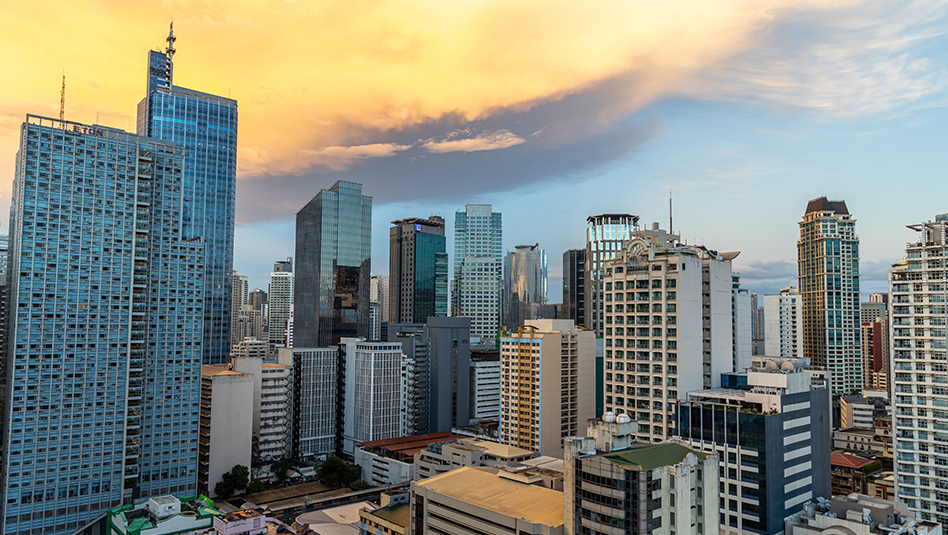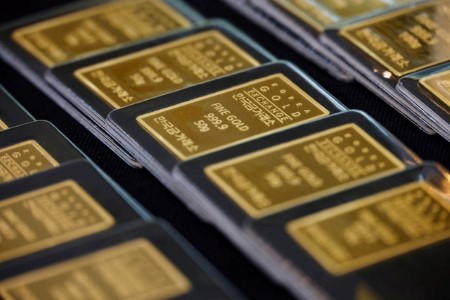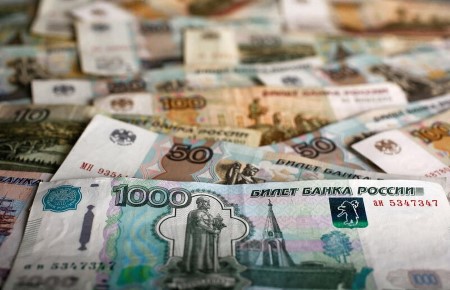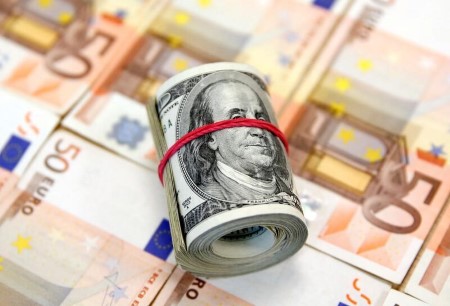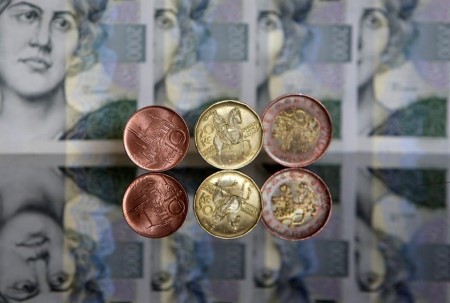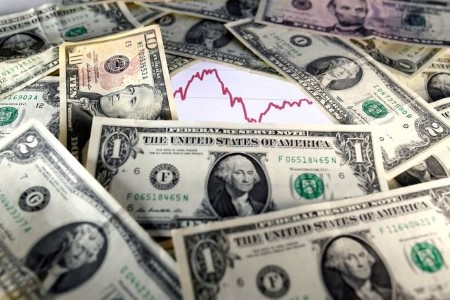For a Reuters live blog on U.S., UK and European stock markets, click LIVE/ or type LIVE/ in a news window.
May 12 (Reuters) – U.S. stock index futures fell on Thursday, with growth stocks leading declines as investors worried that aggressive interest rate increases to curb decades-high inflation could tip the economy into recession.
Megacap stocks Meta Platforms FB.O, Microsoft Corp MSFT.O, Google-owner Alphabet Inc GOOGL.O, Apple Inc AAPL.O, Amazon.com AMZN.O and Tesla Inc TSLA.O slipped between 1% and 2.1% in premarket trading.
Chipmakers Intel Corp INTC.O, Advanced Micro Devices AMD.O and Nvidia Corp NVDA.O were down between 0.7% and 1.8%.
The tech-heavy Nasdaq index .IXIC slumped over 3% on Wednesday, bringing year-to-date losses to 27.4% after data showed U.S. consumer prices moderated in April though it is likely to stay hot for a while and keep the Federal Reserve’s foot on the brakes to cool demand. nL2N2X315F
Growth stocks, which led Wall Street’s rally from the pandemic lows in 2020, have borne the brunt of a selloff this year, as their returns and valuations are discounted more deeply when rates go up.
The S&P 500 growth index .IGX has declined 25.6% so far this year, as compared to an 8.4% fall in its value counterpart .IVX which houses economy-sensitive sectors like banks, energy, and industrials.
Focus will now be on U.S. producer price index (PPI) data and weekly jobless claims number at 08:30 a.m. ET.
Traders are pricing in a 63% chance of a 75 basis point hike by the Fed in June. IRPR
At 06:41 a.m. ET, Dow e-minis 1YMcv1 were down 166 points, or 0.52%, S&P 500 e-minis EScv1 were down 26.25 points, or 0.67%, and Nasdaq 100 e-minis NQcv1 were down 133.75 points, or 1.12%.
Among other stocks, Walt Disney Co DIS.N slid 4.8% after its second-quarter revenue and profit fell short of estimates and the entertainment giant cautioned supply chain disruptions and rising wages could pressure finances. nL3N2X33M2
Plant-based protein maker Beyond Meat Inc BYND.O slumped 24.2% and was on track to open below its IPO price as quarterly losses ballooned. nL3N2X33M7
Rivian Automotive Inc RIVN.O rose 2.7% after the electric-vehicle maker maintained its 2022 production target of 25,000 units. nL3N2X33MK
(Reporting by Devik Jain and Amruta Khandekar in Bengaluru; Editing by Sriraj Kalluvila)
((Devik.Jain@thomsonreuters.com; within U.S. +1 646 223 8780; outside U.S. +91 80 6182 2062; ;))






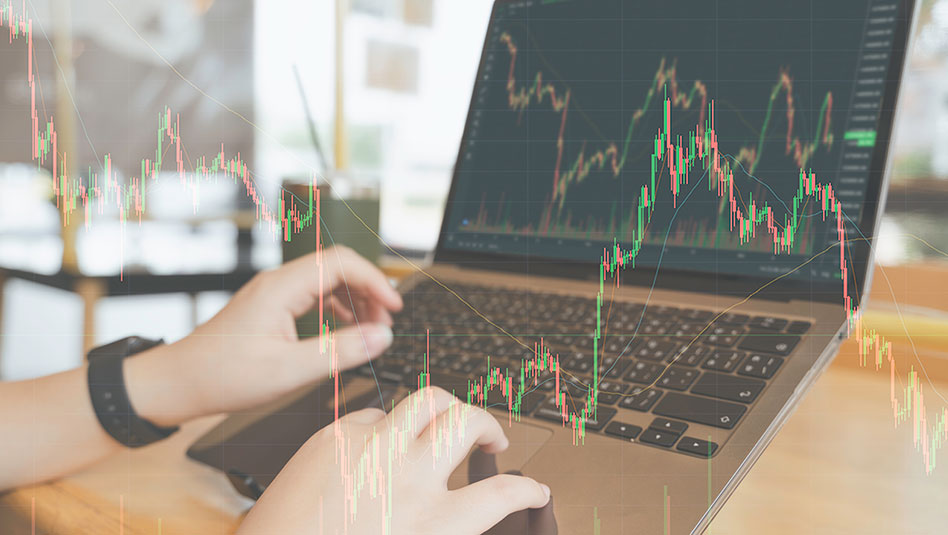
 DOWNLOAD
DOWNLOAD

